Social Impact
Increased levels of toxic contaminants in our public water supplies have become a global threat to humanity.
A large contributing factor includes drought, climate variances, and seismic events around the world.
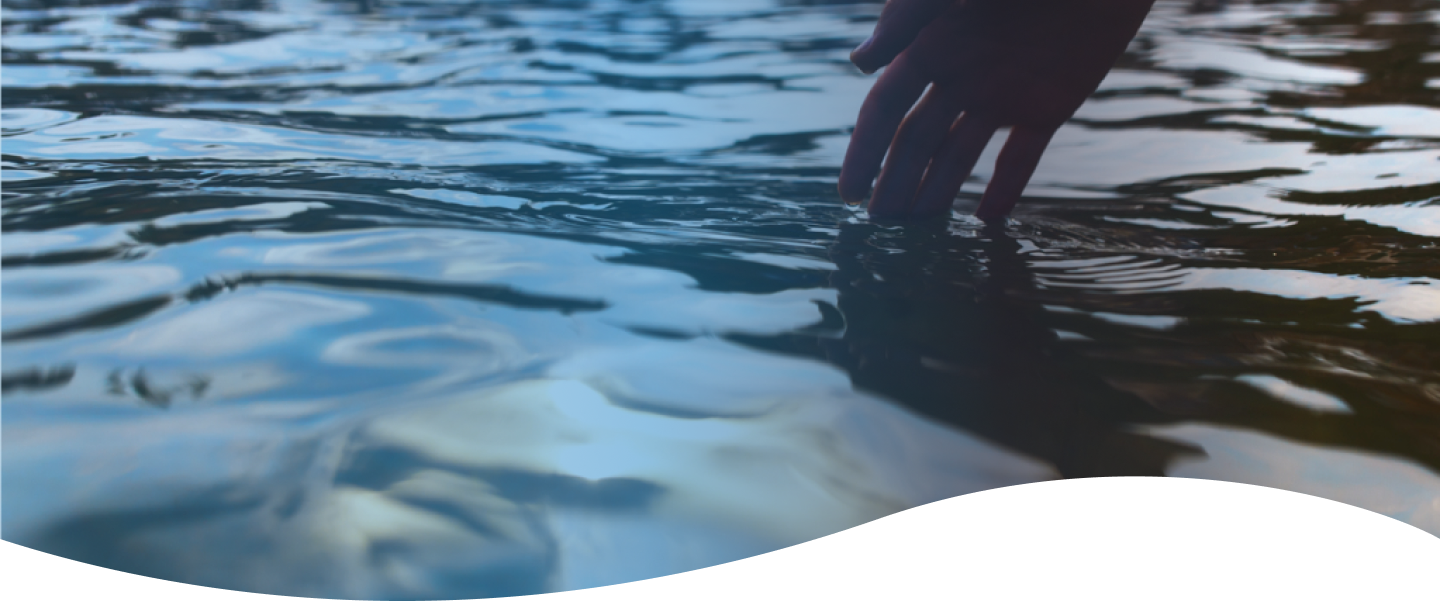
Social Impact
Increased levels of toxic contaminants in our public water supplies have become a global threat to humanity.
A large contributing factor includes drought, climate variances, and seismic events around the world.
The disruption of water supplies is growing beyond human use through organic and inorganic contamination.
FOR EXAMPLE:
The advent of Covid-19 and other diseases can be passed on to humans through our water supply and wastewater disposal system.
PFAS, PFOB, and other toxins from plastics alone are everywhere in America’s water supply, which create damaging "Forever Chemicals" in your body. CETI's wastewater remediation system can eliminate these plastic toxins.
In 2020, there were over 4.5 billion prescriptions filled in the United States. A number of these drugs directly or indirectly find their way into sewer systems. Due to inadequate purifications systems, they eventually get into our drinking water and aquifers.
70% of all water is used in farming. Complex compounds of pesticides and other agricultural related chemicals contribute in ways in which it may take years to assess the overall impact on humans.
Contaminated water from industries such as oil & gas, mining, dairy farms, feedlots and other industry bi-products percolate into drinking supplies at higher rates than the current water filtration technologies can adequately handle.
100 plus year-old water infrastructure and filtration technology is no longer capable of removing these contaminants from our potable water supply. This was sadly demonstrated in the Flint, Michigan water crisis several years ago. As a result, the short- and long-term effects on the human body are subtly deteriorating our overall physical and mental health. Boiled water and "DO NOT DRINK" warning signs are becoming commonplace in cities across America.
CETI’s 21st century, 4th Industrial Revolution technologies mitigate all such contaminates to United Nations SDG6 level protocols (Sustained Development Growth Requisites), removing 99.999% of all associated contaminates.
CETI’s stationary, mobile and modular water filtration and treatment systems unequivocally serve the following markets:
Humanitarian
Rapid Deployment in Emergencies
Treatment of Contaminated Water Sources
Decentralized Water Treatment
Wastewater Management in Camps
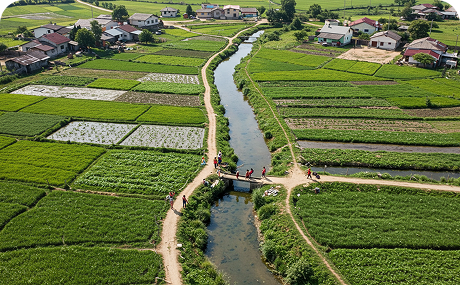
Commercial/Industrial
Disaster relief
Potable water for cities, villages, towns
Potable water for resorts, and hotels
Potable water for refugee camps
Military, NATO, Red Cross Hospitals
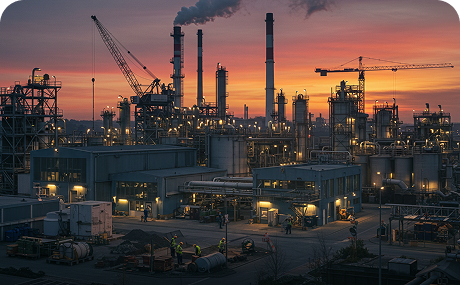
Municipal
Contaminated wells
Sewage treatment
Wastewater reclamation
Storm water runoff sanitization
Drinking water
Swimming pools. (Our technology removes cryptosporidium and giardia).
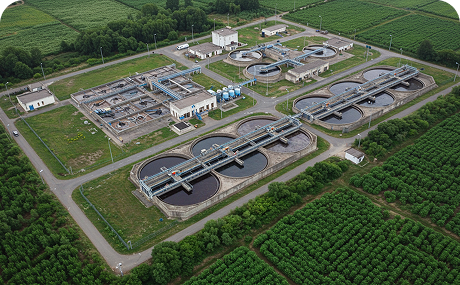
Agriculture
Produce washing, vegetable packing
Meat packing
Pathogen free water for greenhouses
Irrigation water sanitization
Greenhouse irrigation
Farm/livestock runoff and waste treatment
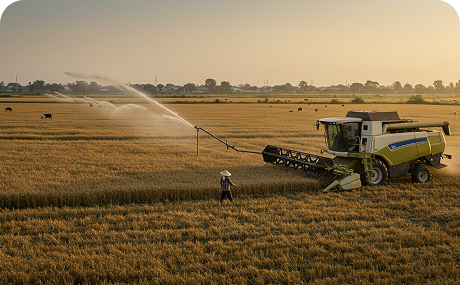
Mining
Efficient Treatment of Contaminated Water
Water Recycling and Reuse
Produced Water Treatment
Dust Control and Process Water
Compliance with Environmental Regulations
Reduction of Environmental Impact
Lower operating costs
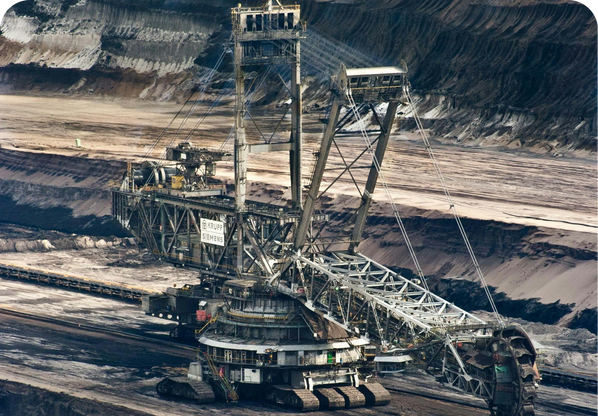
Oil and Gas
Remediation of Contaminated Wastewater
Enhanced Oil Production
Compliance with Environmental Regulations
Lower operating costs
Reduce Environmental Footprint
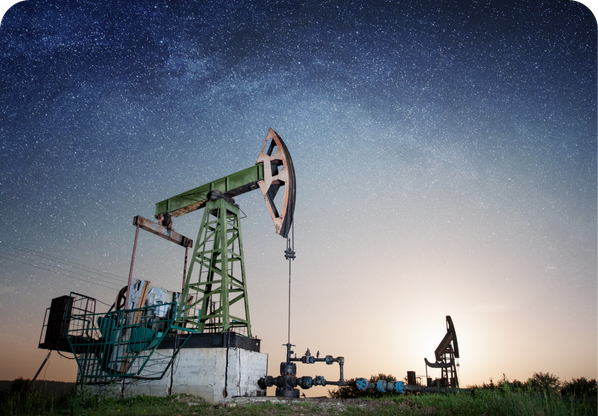
Maritime
Cruise ships - potable water
Naval vessels - potable water
Cargo ships - potable water
Ship ballast water sanitization prior to discharge
Pleasure craft - potable water
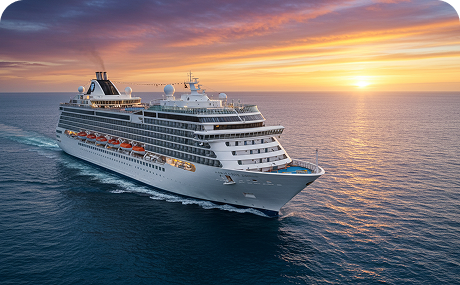
Where is our water going?
Many people don't realize how much water is needed for everyday production of normal consumer goods. Consider the following:
It takes about 200 gallons to make the loaf of bread you buy at the store.
It takes 500 gallons to grow the grain for feed and the water needed to produce a pound of chicken.
A ¼ pound of beef needed 490 gallons.
The fries from a single potato needs 100 gallons.
A glass of orange juice takes 45 gallons.
The single sheet of A4 paper you throw out takes about 8 gallons.
In order to drink coffee in the morning the world population requires 1.5 times the annual Rhine River runoff!
Corn takes 110 gallons per plant and consumes 8% of global water use.
The cotton shirt you might wear today needed 650 gallons of water from rain, irrigation and diluting the wastewater made during the process.
In most cases mother nature is assisting with rainwater, but it gets more interesting with industries.
Fertilizers and chemicals: These are used in almost all agricultural growth. These chemicals go through the plants and into the water tables below. Growing something organically requires pulling up water from water tables a long way from fertilized crops. Wheat is using about 12% of global water used for agriculture. Keeping any grain organically raised is pretty tough due to encroaching ground water contaminates.
Steel, plastics, pharmaceuticals, mining and oil production: These industries require billions of gallons of water for production every day. The water has to be cleaned (remediated) as part of the process. One can only imagine how the chemical pollutants slipping through are affecting our rivers, lakes, streams and aquifers for years to come.
Municipal sludge from our sewer systems: With continuous population growth, this issue is exacerbated. Sludge that comes from washing dishes, taking showers, flushing toilets, etc. require billions of gallons to be properly cleaned. Fortunately, every community generally addresses “sludge” however, a large percentage of sludge remediation is not done properly which leaves some contaminants in the water.


© 2025 Cyber Enviro-Tech